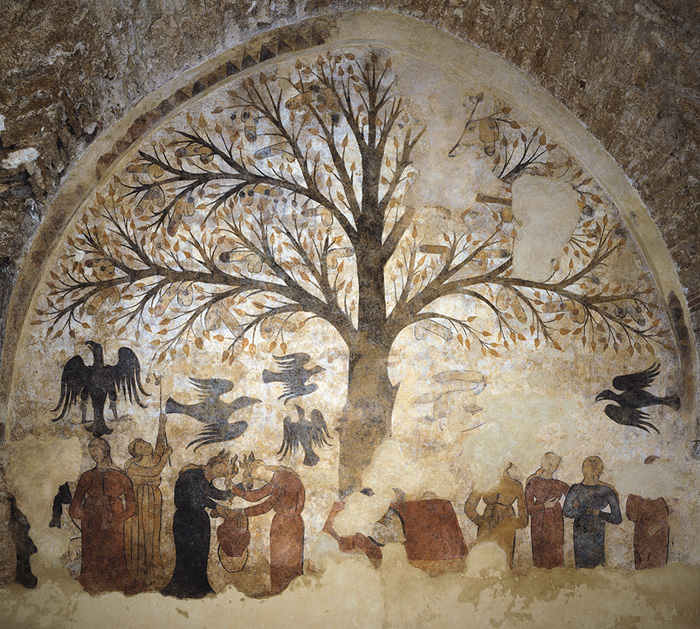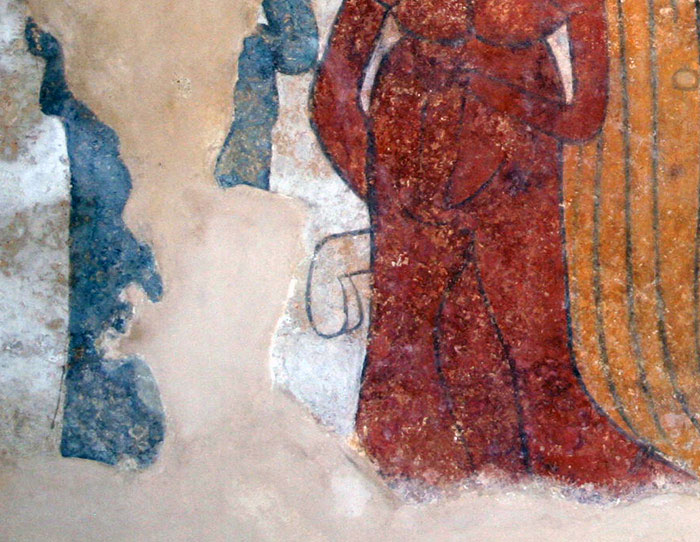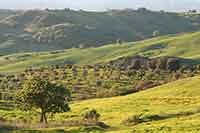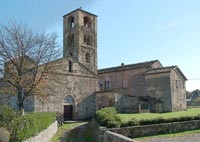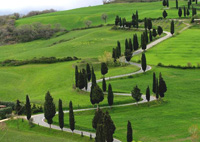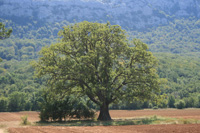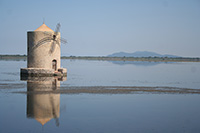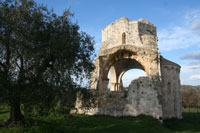| The Tree of Fertility is a renowned and unique medieval fresco found on the large wall of the Fonti dell’Abbondanza in Massa Marittima. The Albero della Fecondità is a rare example of a thirteenth century mural painting with a most unusual profane subject matter whose origins can be found in ancient fertility cults. |
L’Albero della Fecondità, il celebre e particolare affresco medievale che si trova sulla grande parete delle Fonti dell’Abbondanza a Massa Marittima, è un affresco del 1265 che raffigura un albero da cui pendono, come enormi frutti, decine di falli davvero realistici. Ai piedi della pianta una folla di donne sta in attesa che cadano, due di loro si accapigliano contendendosene uno.
|
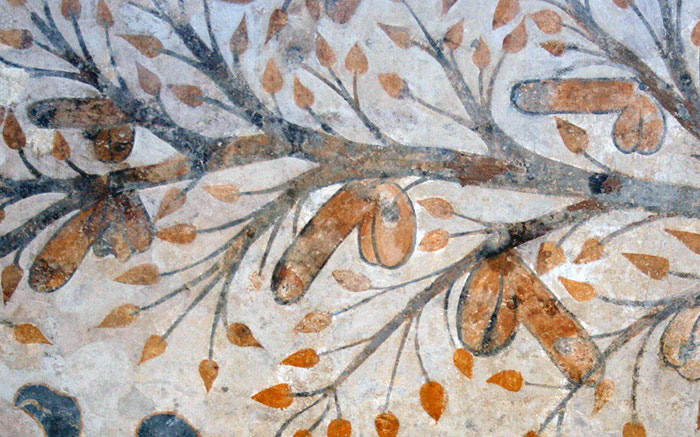 |
||||
Particolare dell'affresco con i falli appesi ai rami dell'albero
|
||||
| The imposing construction that houses the Fonti dell’Abbondanza is one of the most important monuments from medieval Massa Marittima. An epigraph on its façade shows that work was completed in 1265. In the years prior to 2000, the city structurally restored the springs and reestablished the water flow to the three large tubs located underneath the imposing gothic arches. During the restoration residue of mural decoration was found on the lower walls. The complete restoration of one of the walls led to the amazing find: hidden underneath layers of chalky concrete was the Albero della Fecondità. The tree depicts dozens of exceptionally realistic penises hang like enormous pieces of fruit. At the foot of the tree is a group of women waiting for them to fall; two of them squabble over one. A group of crows threatens to attack the “fruit”; a large eagle is a symbol of Pisa and the emblem of the Holy Roman Empire (Massa Marittima was a Ghibelline city until 1266).
L’Albero della Fecondità è una rara testimonianza di pittura murale duecentesca, il cui interesse sta in gran parte nell'inconsueto soggetto profano, che sembra affondare le radici nei culti della fertilità dell'antichità.
|
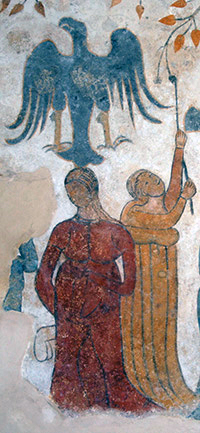 The eagle was the traditional symbol of the Ghibelline political faction. |
|||
|
||||
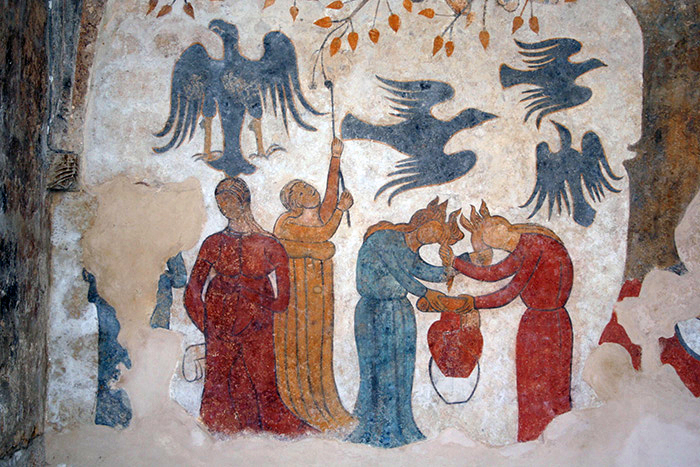 |
||||
|
||||
|
||||
 |
||||
Podere Santa Pia |
Castiglioncello Bandini |
Sant'Antimo |
||
Sovicille |
Cipress road ner Monticchiello |
Downey oak |
||
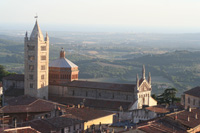 |
||||
Spanish Mill in Orbetello |
San Bruzio
|
Massa Marritima |
||
 |
||||
This idyllic rural retreat with wooded valleys below and stunning views to to the Tyrrhenian coast and Monte Christo and even Corsica |
||||
